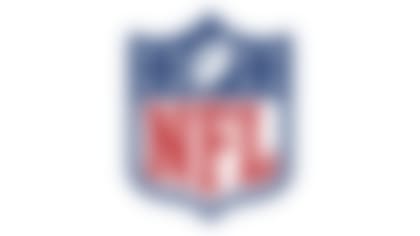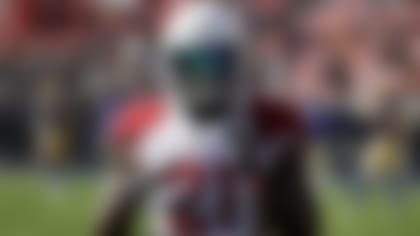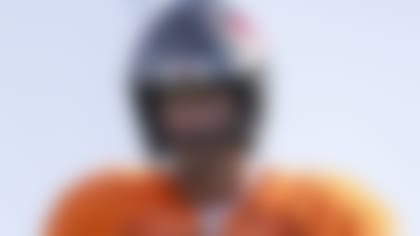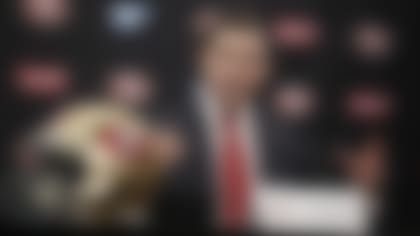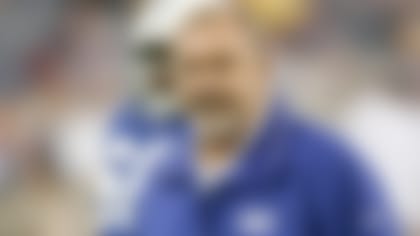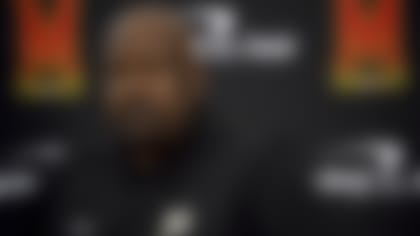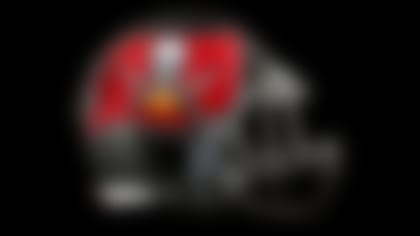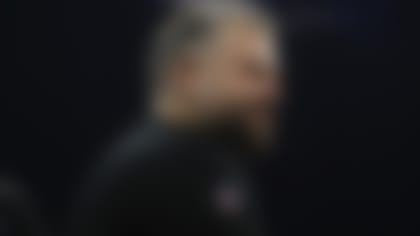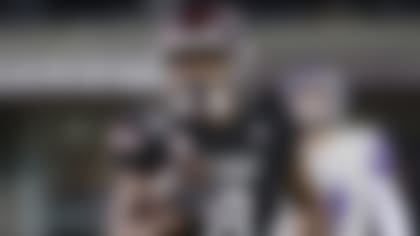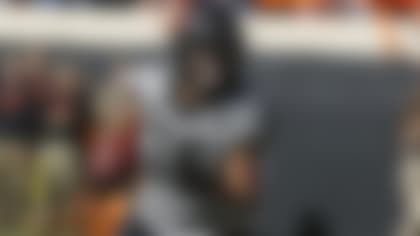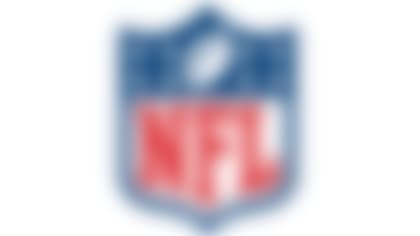In the pantheon of great football teams of the last half-century, some memorable organizations immediately come to mind.
Bill Belichick's New England Patriots. Jimmy Johnson's (and later, Barry Switzer's) Dallas Cowboys. Chuck Noll's Pittsburgh Steelers. Don Shula's Miami Dolphins. Bill Walsh's San Francisco 49ers.
But what about Joe Gibbs' Washington Redskins?
Football Outsiders didn't overlook Washington's champions of 1991, naming that year's team the best team of the last 30 years. Washington also won Super Bowls in 1982 and 1987, but neither of those teams even cracked Football Outsiders' Top 30. The 1991 team, though, was the lone squad to appear on all three (offense, defense and special teams) of Football Outsiders' defense-adjusted value over average metric rankings of the last 30 years.
NFL Network's Charley Casserly was the general manager who built the team. He constructed a squad that dominated in all three phases of the game, just as the advanced metrics show.
Unlike other memorable teams of their time, the 1991 Washington squad didn't have a catchy nickname or Hall of Famer under center. Mark Rypien posted the best season of his career in 1991, completing 249 of 421 passes for 3,564 yards, 28 touchdowns and 11 interceptions. Washington's leading rusher was Earnest Byner (274 carries, 1,048 yards, five touchdowns), a standout runner whose career leading up to the 1990s was defined mostly by one heartbreaking play he had with Cleveland.
The strength of the 1991 team was in its depth, boasting eight Pro Bowlers and three Hall of Famers. Washington had a trio of dangerous receivers in Hall of Famer Art Monk, Gary Clark and Ricky Sanders. Monk and Clark each broke 1,000 yards receiving while Sanders scored five touchdowns on 580 yards receiving. The backfield included Byner, as well as Ricky Ervins and Gerald Riggs, who combined to rush for 928 yards and 14 touchdowns.
Washington was a team that Casserly, who was in the building as the assistant GM before taking over as GM in 1989, said was built over a number of years. The resulting product was a mix of veterans and younger talent hungry for success.
"It was being aggressive, scouting guys under the radar," Casserly said of how the organization constructed the roster, relying on a multitude of Plan B acquisitions before full-fledged free agency existed. "[Cornerback Martin] Mayhew hadn't started. [Safety Danny] Copeland hadn't started.
"We picked up some veterans: Jumpy Geathers, who was an outstanding pass rusher. He had been a second-round draft choice, was coming off a major knee injury with New Orleans and they didn't think anybody would touch him. When I asked our doctors about him, they said 'well, he probably won't be ready until October.' My answer was, 'well, we play in October!' And we signed him."
Plenty more of these players -- safety Brad Edwards, linebacker Matt Millen, tight end Ron Middleton and offensive lineman Mark Adickes -- fit that similar mold Gibbs desired: smart, tough guys.
The depth was no better than at the game's least sexy position: offensive line. Former first-round choice Jim Lachey, a 1991 Pro Bowl selection, anchored the unit at left tackle. Fellow Pro Bowl pick Mark Schlereth lined up at right guard, alongside right tackle Joe Jacoby and center Jeff Bostic. Left guard Raleigh McKenzie rounded out the group at left guard, and Hall of Famer Russ Grimm came off the bench. The group only allowed nine sacks the entire season, against teams that included Reggie White, Lawrence Taylor and Bruce Smith. Let that sink in.
That talented bench proved valuable in Week 9 against the Houston Oilers, which featured two Pro Bowl defensive ends in Sean Jones and William Fuller. The two combined for 25 sacks that season, and Washington lost both Lachey and Jacoby against the Oilers, forcing the second string to step up. Grimm and Adickes filled the voids and shut Jones and Fuller down. It's a story Casserly still tells to demonstrate just how deep the unit -- and really, the team -- was.
"The signature group of our team was the offensive line for 10 years," Casserly said. "In that year, Rypien got sacked seven times. In today's world, no one's even come close to that."
The Redskins romped through the playoffs, winning 24-7 over Atlanta in the Divisional Round in a contest that became known as the Seat Cushion Game (fans rained giveaway cushions on the field once the game got out of hand). Washington ran over Detroit, 41-10, in the NFC title game and 37-24 over Buffalo in a Super Bowl XXVI win that wasn't actually that close.
Casserly maintains Clark was just as good as, if not better than Buffalo's Andre Reed, who's in the Hall of Fame. Clark caught seven passes for 114 yards and one touchdown in the Super Bowl. Reed finished with five catches for 34 yards.
"There's no question him and Reed are the same player," Casserly said. "The difference is he played with Monk and Sanders. Reed, [James] Lofton was there for a little while, but Reed was the main guy. Clark kind of got lost in the shuffle."
That was the 1991 Redskins in a nutshell: an excellent team, considered the greatest of Super Bowl winning squads by two outlets, but also often lost in the shuffle that is NFL history.
"We won as an organization, as a team and we preached that," Casserly said. "That's probably one of the reasons we never got the publicity because no one stood out there and tried to grab it."
A lack of a legendary quarterback also has to do with it, Casserly admits. Ask your nearest football aficionado who was named the MVP of Super Bowl XXVI and Rypien probably wouldn't be their first guess.
"Our guys played great in those years, but they weren't Hall of Famers," Casserly said. "I think it's the offensive line being the signature part, and not having the Hall of Fame quarterback means you don't get the recognition. We had a great team with some really good players."
Make no mistake: Lack of recognition aside, Casserly is ready to go to bat for the team that won the Super Bowl under his direction in any and every historical debate. And the former executive is glad that this group is finally getting some of the spotlight it's deserved as Washington's place in history lives on.

